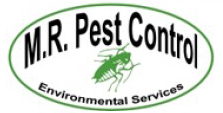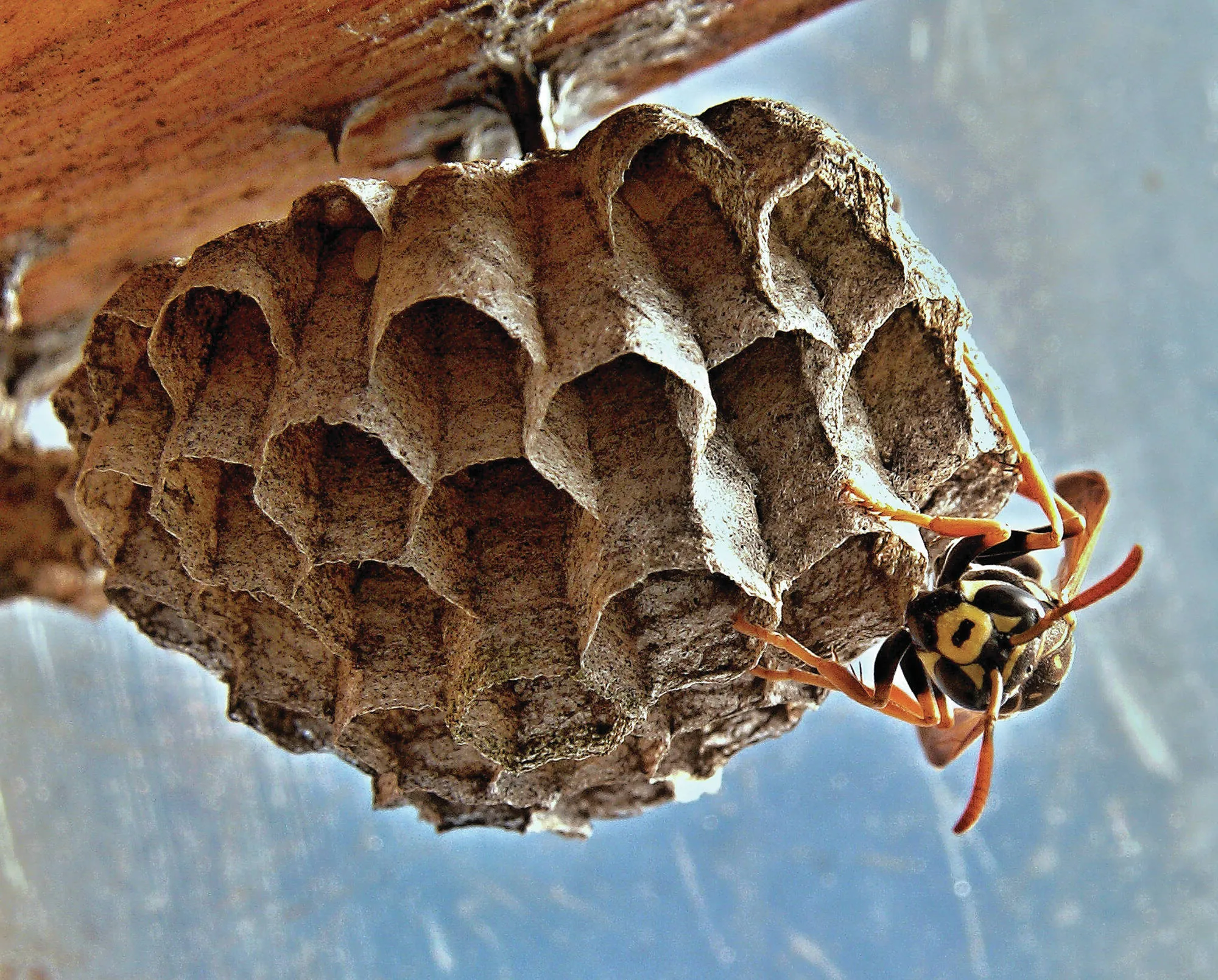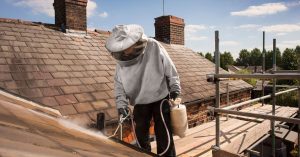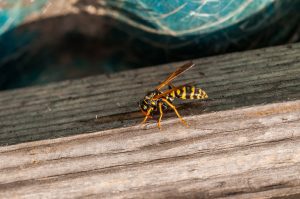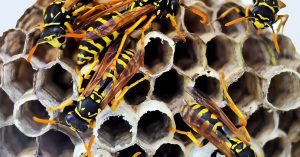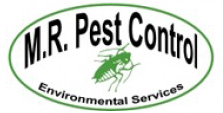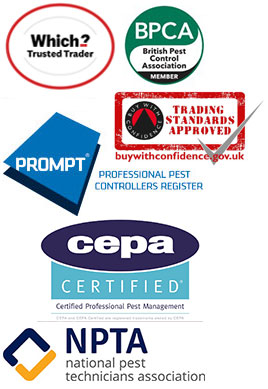Introduction: What are Wasps and Why Do They Build Nests?
Wasps are social insects who live in colonies. They build nests, mostly out of paper, to protect their colony. Wasp nests can be found in a variety of locations around the home such as trees, shrubs, and under the eaves of houses.
Wasps build nests for two reasons: protection and shelter from the elements. The nest protects the colony from wind, rain, sun, and predators. It also provides insulation against cold temperatures and helps maintain a suitable temperature inside the nest for raising young wasps.
Types of Wasp Nests and How They’re Built
When it comes to wasps, it is important to know the difference between a nest and a swarm. A wasp nest is a colony of wasps that live together in one place. A swarm is when they are out looking for food.
The type of nest will depend on what kind of wasp you have and their species. There are three types of nests: paper, mud, and twiggy nests. Paper nests are most common for the yellow jacket species. Mud nests are more common for the bald-faced hornet species, but can be found in other species as well. Twiggy nests are most commonly used by paper wasps and cicada killers (a type of wasp).
How to Identify Potential Nest Locations in Your Home & Take Precautions
Wasp nests are often found in the eaves of a house, under the eaves of a porch, or in a hole in the wall.
The best way to identify potential nest locations is to look for areas where wasps are most likely to come into contact with people. These areas include:
-windowsills and doorways
-porches and decks
-underneath decks
-around garbage cans
Methods for Removing Wasp Nests from Inside Your Home or Around the Outside Area
Wasp nests can be a problem for people who live in areas that are heavily populated with wasps. These nests are made of paper and can contain up to 2,000 wasps.
There are many different methods for removing wasp nests from inside your home or around the outside area. One way is to use a vacuum cleaner and suck the nest into it. Another way is to use insecticide and spray the nest directly with it, then wait until they die off before disposing of them.
